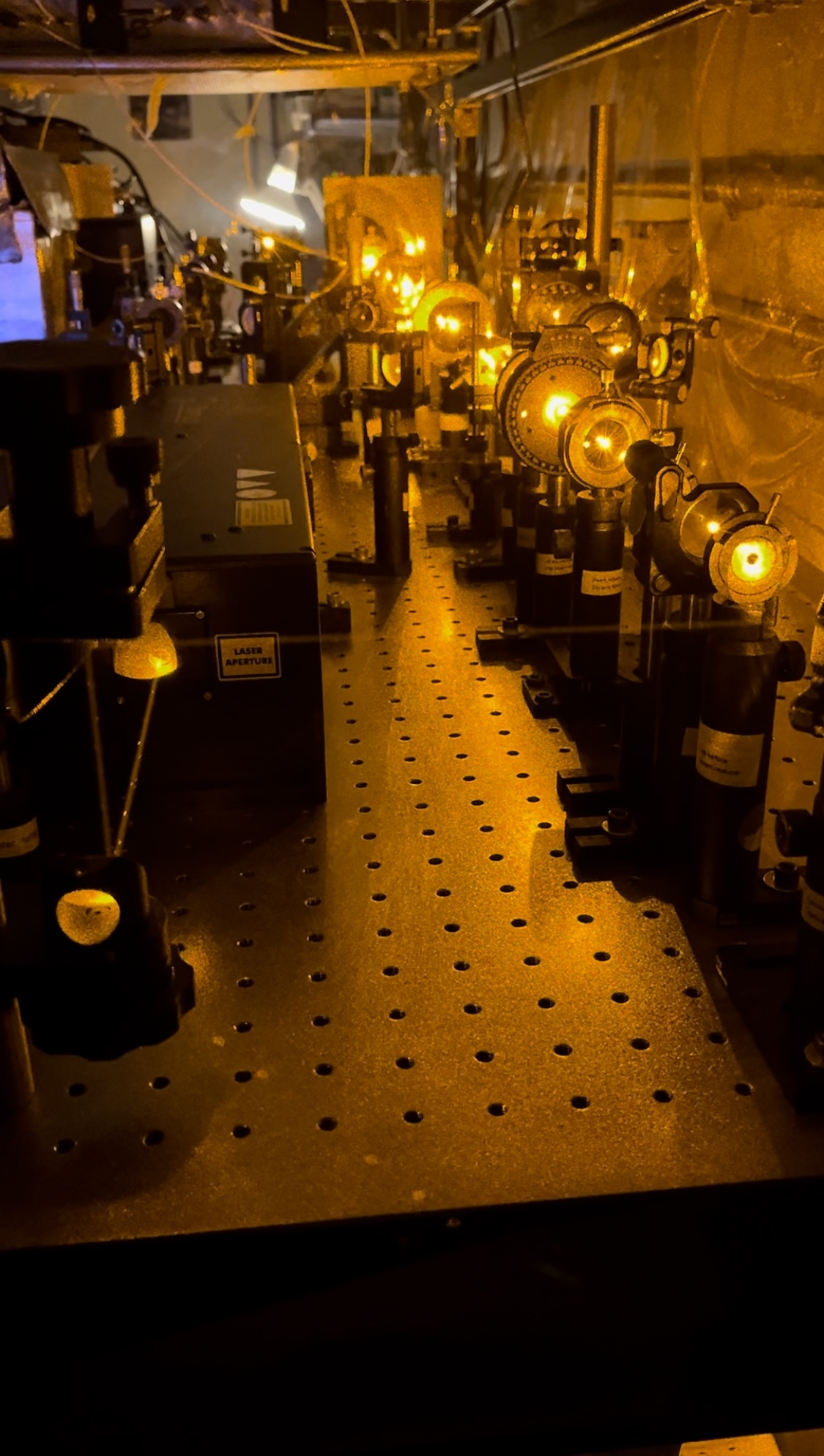
We awoke before 5 AM on Friday, February 2nd in Christchurch, NZ to shuttle to the USAP Clothing Distribution Center. There, we collected our cold weather gear and prepared to board a US Air Force C-17 cargo plane to McMurdo. The flight was noisy, but legroom was ample, as was the in-flight meal. We stepped off the plane and onto the ice just past 4 PM.

After arriving at McMurdo Station, we attended a short orientation meeting, retrieved our suitcases and some small equipment that had travelled with us, ate dinner, and moved into our dorm rooms. Still, by this point, believing it was 4 PM (courtesy of the never-setting sun), I was surprised to check my phone and learn that it was nearly 9.

We spent the morning of Saturday, February 3rd unpacking and organizing equipment in our lab at the Crary Science and Engineering Center and attending orientations and trainings. After lunch, we caught a shuttle up to the lidar lab at Arrival Heights, nervously excited to see how it had fared since being shut down last October.
I couldn’t have anticipated the sights from the front porch of the Arrival Heights building. A mere 60 miles to the west, the Royal Society Range appears blue through the atmosphere, juxtaposed against the featureless expanse of McMurdo Sound sea ice from which it rises 13,000 feet. The view around back is unremarkable by comparison; Earth’s southernmost active volcano, Mt. Erebus, sits 20 miles to the north of McMurdo and is only 12,500 feet tall. To appreciate the scale of this place will take more time than our abbreviated trip allows. So, I picked my jaw off the volcanic rock and headed into the lab.

We found the Arrival Heights lab to be in good shape. By the end of the afternoon, Yingfei and Dr. Chu achieved lasing in both Pulsed Alexandrite Lasers and the TA-SHG Pro, plus the two ECDL seed lasers. Seeing these systems begin to come to life after reading so much about them over the last few weeks was very exciting! This relatively easy start-up bodes well for our Winter 2024 season, although the success of the Na Doppler lidar still hinges on whether the new chiller will be delivered in working condition and can be installed successfully. Chiller delivery and installation will be the work of next week, as the McMurdo cargo crew is off tomorrow.


So great to read your news after meeting you in the BioLounge! Keep warm and keep posting, please.